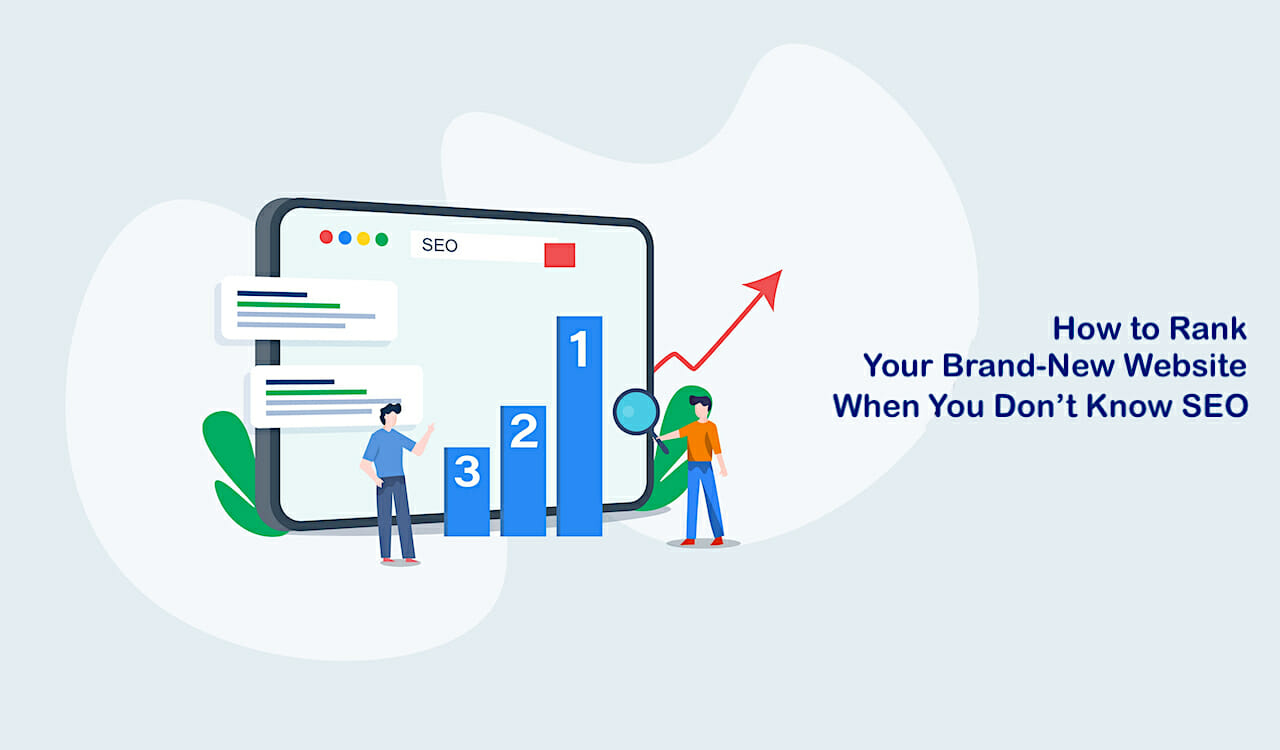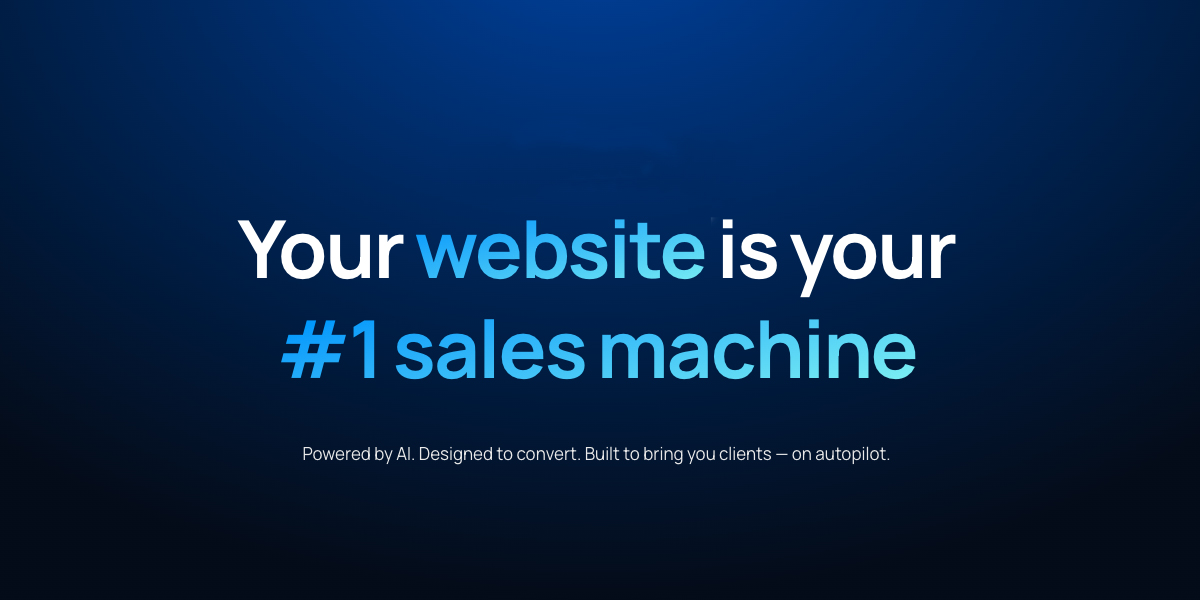
How Web Design Influences Customer Behavior
Discover the psychology behind good design and how strategic layouts, colors, and usability can turn visitors into loyal customers.
The Power of First Impressions
When a user lands on your website, they form an opinion in a matter of seconds. This initial impression is largely based on aesthetics and functionality. A well-designed site with a clean layout and an intuitive navigation system immediately builds trust. In contrast, a cluttered, slow, or outdated design can quickly cause a visitor to leave, leading to a high bounce rate and lost opportunities. The visual appeal and seamless experience of your site are the first steps in influencing a customer's decision to stay and engage with your brand.
"The first impression your website makes isn't just a design choice; it's a test of trust. In those first few seconds, a clean layout and intuitive experience will earn a customer, while a slow or cluttered site will lose them forever."
— Steve Jobs
The Role of Color Psychology
Colors are a powerful tool in web design, as they evoke emotions and influence perceptions. For instance, blue is often associated with trust and stability, making it a popular choice for corporate and financial websites. Green, on the other hand, suggests nature, health, and growth, which is why it's often used by eco-friendly or wellness brands. By strategically choosing a color palette that aligns with your brand's message, you can subconsciously guide customer emotions and encourage them to take a desired action, such as making a purchase or signing up for a newsletter.
The Impact of User Experience (UX)
Beyond just looking good, a website must be easy to use. User experience (UX) design focuses on creating a smooth and logical journey for your visitors. When a customer can easily find what they're looking for, whether it's a product, service, or contact information, they are more likely to complete their goal and return to your site in the future. Frustrating elements like hidden menus, complex forms, or a confusing checkout process will lead to a poor user experience and ultimately, lost sales. A positive UX builds customer loyalty and reinforces your brand's reputation for being reliable and customer-focused.

Building Trust Through Social Proof and Visuals
Customers are often influenced by the actions of others. Integrating social proof into your web design—such as customer reviews, testimonials, or trust badges—can significantly increase conversions. High-quality visuals, including professional product photos and authentic images of your team, also play a crucial role. These elements help to humanize your brand and create an emotional connection with your audience. When customers feel a sense of trust and connection, they are far more likely to become paying clients and brand advocates.
Ready to transform your website into a powerful tool for growth? Our team of experts understands the psychology behind effective web design and can help you create an online presence that not only looks stunning but also drives real business results.






8 Comments
Zola_M Reply
"First impressions" is so true! I recently left a website because it took forever to load and the navigation was a complete mess. It didn't matter what they were selling; I just didn't trust it. This article perfectly explains why.
Thandi Reply
The part about color psychology really caught my eye. It's fascinating how much a single color can communicate without words. Do you have any general advice on what colors to use for a brand that wants to convey creativity and innovation?
Sipho_K Reply
From my experience, bright, vibrant colors like orange, magenta, or a deep purple can work well for creativity. Combining them with a simple, clean design can give it a really innovative feel. Avoid using too many colors, though, as it can look cluttered.
Lesedi M Reply
I couldn't agree more with the "social proof" point. We added a client testimonials section to our homepage and saw a noticeable increase in quote requests. People want to see that you've delivered good work for others before they commit.
John Reply
The UX section is spot on. A lot of clients want a beautiful website but forget about the user's journey. What are some free or affordable tools you'd recommend for small business owners to audit their own site's usability?